Interior design is an art and a science that enhances the interior of a space to achieve a healthier and more aesthetically pleasing environment. It involves various elements such as color, lighting, furniture, textures, and spatial arrangements to create harmonious and functional living or working spaces. Whether you’re designing a home, office, or commercial space, understanding the principles of interior design can help you achieve a stunning and comfortable environment.
The Importance of Interior Design
Interior design goes beyond aesthetics; it directly impacts functionality, comfort, and mood. A well-designed space can enhance productivity, improve well-being, and create an inviting atmosphere. Here are some key reasons why interior design is essential:
- Enhances functionality: Proper space planning ensures that every area serves a purpose and maximizes efficiency.
- Improves aesthetic appeal: A well-designed space looks visually pleasing, which can enhance the overall experience.
- Influences mood and emotions: Colors, textures, and lighting significantly impact how people feel within a space.
- Increases property value: A beautifully designed interior can increase a home’s or commercial property’s resale value.
- Reflects personality and brand identity: Personal spaces can reflect an individual’s taste, while commercial spaces convey a brand’s image.

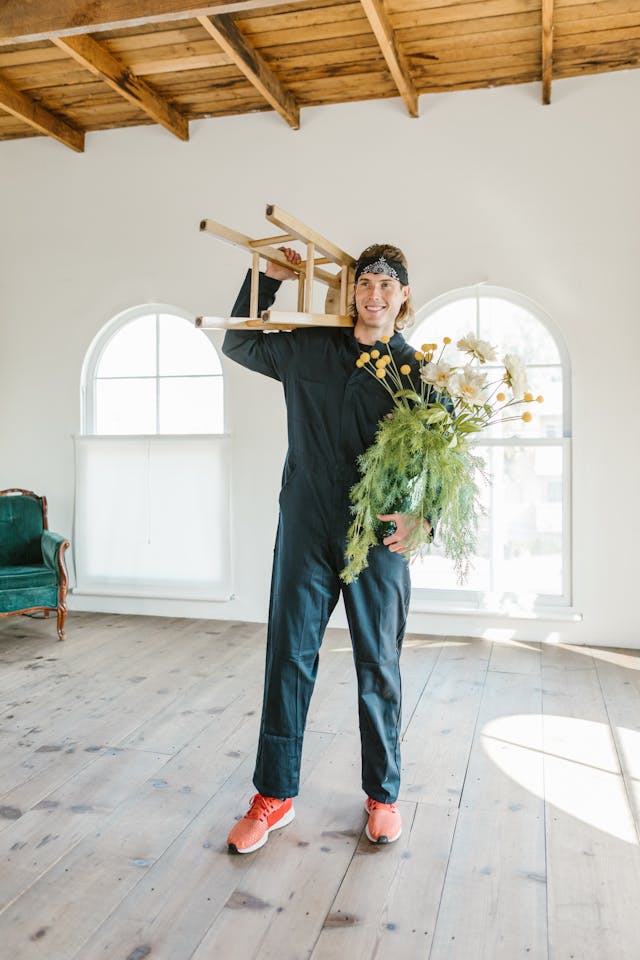
Key Principles of Interior Design
Professional interior designers follow certain principles to create balanced and harmonious spaces. Here are the fundamental principles of interior design:
1. Balance
Balance creates a sense of equilibrium in a room. It can be achieved in three ways:
- Symmetrical Balance: Common in traditional interiors, where both sides of a space mirror each other.
- Asymmetrical Balance: In contemporary designs, different objects with equal visual weight are used to create balance.
- Radial Balance: Involves elements arranged around a central focal point, such as a circular table surrounded by chairs.
2. Harmony and Unity
A well-designed space should feel cohesive, with elements that complement each other. Repeating colors, patterns, and textures can help achieve unity.
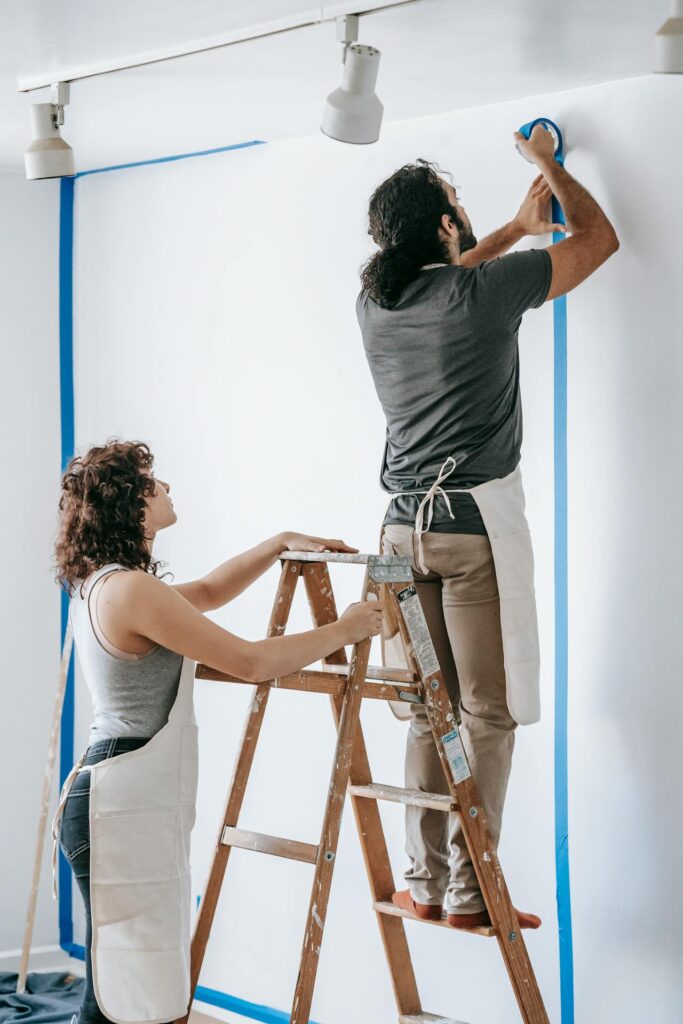
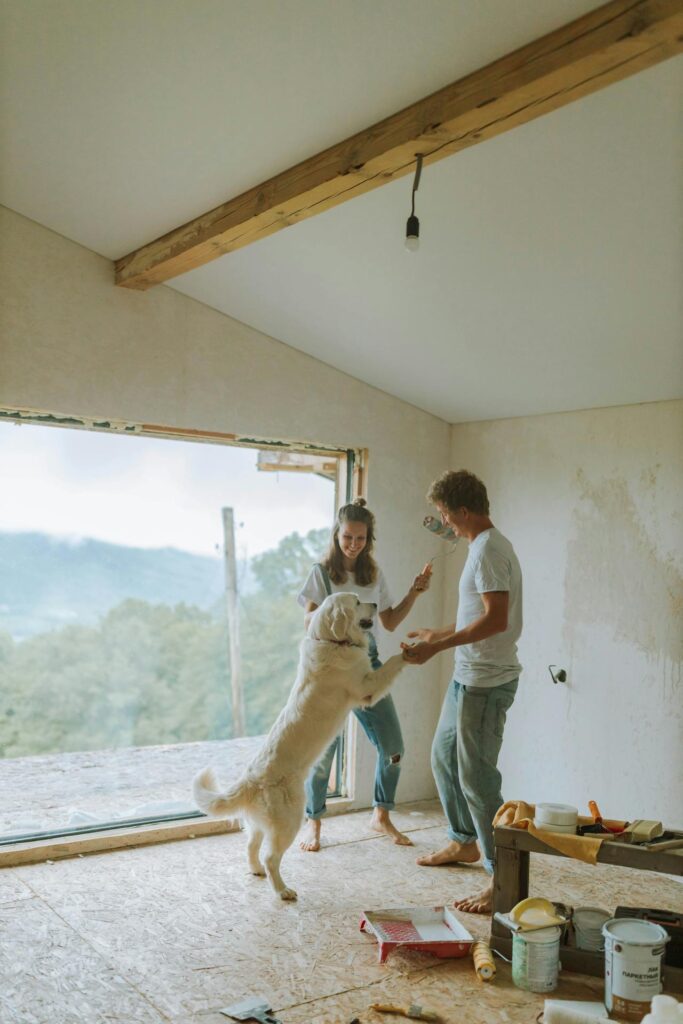
3. Contrast
Contrast adds visual interest and excitement to a space. This can be done by using different colors, materials, or shapes. For instance, pairing dark furniture with light-colored walls creates a striking contrast.
4. Rhythm
Rhythm in interior design is about creating a visual flow. This can be achieved through repetition, progression, or transition of elements.
5. Scale and Proportion
Ensuring that objects and furniture are appropriately sized for a space prevents overcrowding or an unbalanced look. The proportion of objects should relate harmoniously to the overall design.
6. Emphasis
Every room needs a focal point, such as a fireplace, artwork, or a statement piece of furniture, to draw attention and anchor the design.
Elements of Interior Design
Interior design incorporates various elements that work together to create a well-designed space. Here are the main components:
1. Space
Space is the foundation of interior design. It includes:
- Positive space: Occupy with furniture and decor.
- Negative space: The empty areas that allow a room to breathe. Balancing positive and negative space ensures functionality and aesthetics.
2. Color
Colors influence mood and perception. Each color evokes different emotions:
- Warm colors (red, orange, yellow): Stimulating and energetic.
- Cool colors (blue, green, purple): Calming and serene.
- Neutral colors (white, gray, beige): Versatile and timeless.
3. Lighting
Lighting enhances the overall ambiance of a room. The three main types are:
- Ambient lighting: General lighting that illuminates the entire space.
- Task lighting: Focused light for specific activities (e.g., reading lamps, under-cabinet kitchen lights).
- Accent lighting: Highlights focal points like artwork or architectural features.
4. Texture
Texture adds depth and interest to a space. It can be tactile (soft fabrics, rough wood) or visual (patterns and prints).
5. Furniture
Furniture should be functional and stylish, fitting the scale and purpose of the room.
6. Accessories
Accessories like rugs, artwork, and plants personalize and complete a space.
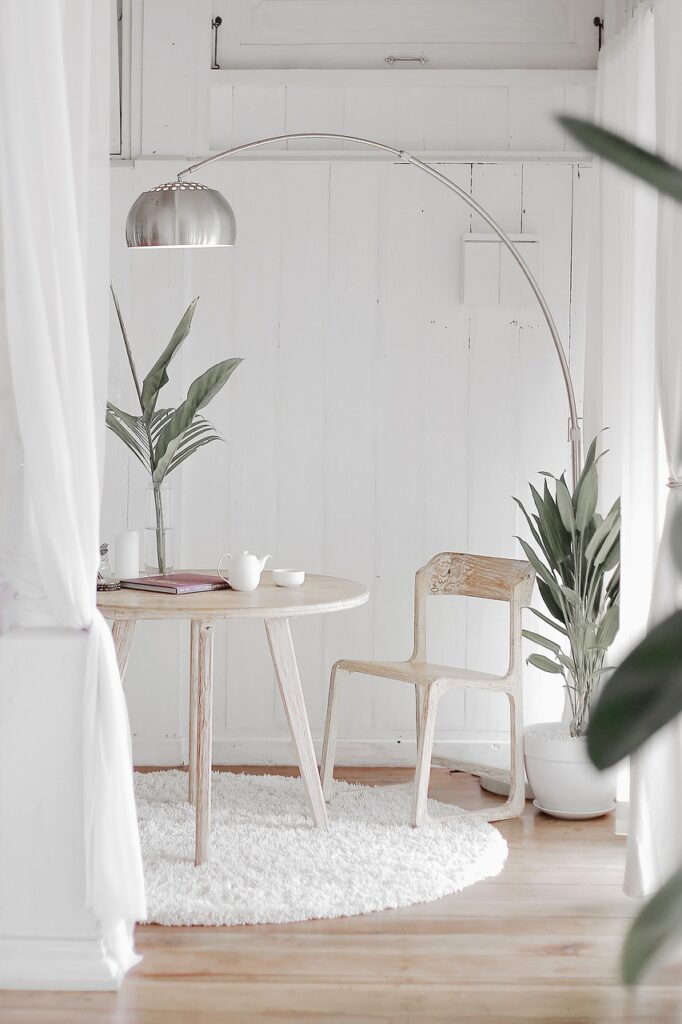
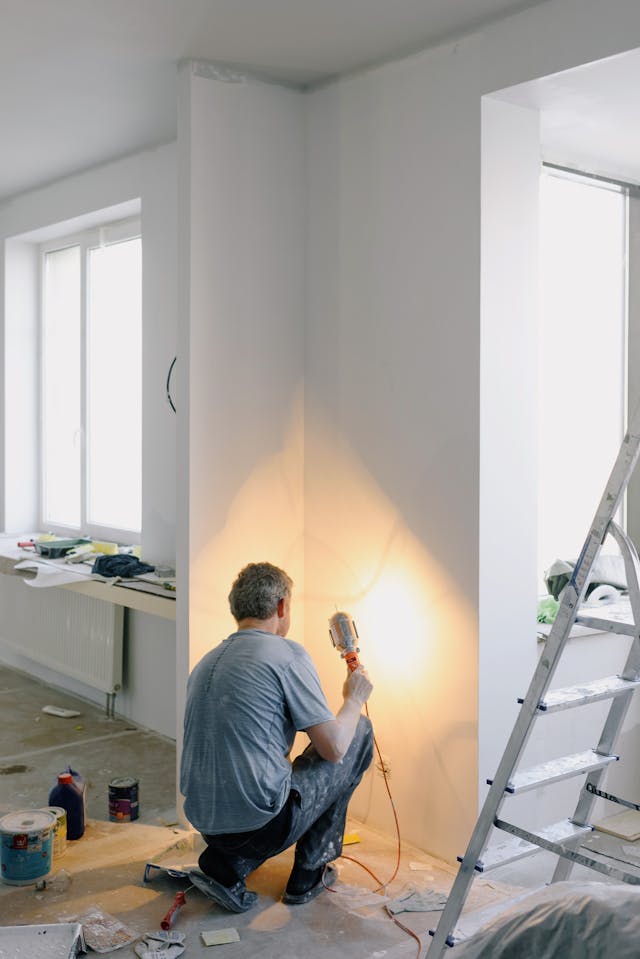
Popular Interior Design Styles
1. Modern
Characterized by clean lines, minimalism, and neutral colors. Modern design emphasizes simplicity and functionality.
2. Contemporary
It evolves with time, incorporating current trends while maintaining sleek and sophisticated aesthetics.
3. Minimalist
Inspired by Japanese design, it focuses on simplicity, open spaces, and limited color palettes.
4. Industrial
Features raw materials like exposed brick, metal, and wood for a rugged, unfinished look.
5. Scandinavian
Emphasizes light colors, natural materials, and cozy elements like textiles and greenery.
6. Bohemian
Eclectic and free-spirited, incorporating diverse patterns, textures, and vibrant colors.
7. Traditional
It is elegant and timeless, featuring classic furniture, rich colors, and ornate details.
Interior Design Tips for Different Spaces
Living Room
- Use a focal point like a fireplace or a statement sofa.
- Layer different lighting sources for ambiance.
- Incorporate comfortable seating for a welcoming feel.
Bedroom
- Choose calming colors for a relaxing atmosphere.
- Use soft lighting to create a cozy ambiance.
- Maximize storage with multi-functional furniture.
Kitchen
- Optimize workflow with a functional layout (work triangle: stove, sink, fridge).
- Use durable and stylish materials for countertops and cabinets.
- Incorporate under-cabinet lighting for practicality.
Bathroom
- Use mirrors to enhance light and space.
- Opt for moisture-resistant materials.
- Incorporate ample storage solutions.
Office
- Ensure ergonomic furniture for comfort and productivity.
- Use good lighting to reduce eye strain.
- Incorporate inspiring decor elements.
Sustainable Interior Design
With increasing environmental awareness, sustainable interior design has gained popularity. Key principles include:
- Using eco-friendly materials like reclaimed wood, bamboo, and recycled metal.
- Energy-efficient lighting such as LED bulbs.
- Reducing waste by repurposing furniture.
- Improving indoor air quality with low-VOC paints and houseplants.
Conclusion
Interior design is a powerful tool for transforming spaces into functional and visually appealing environments. Understanding its principles, elements, and various styles allows you to create spaces that reflect personality, enhance well-being, and meet practical needs. Whether you’re revamping a single room or designing an entire home, thoughtful interior design can significantly impact daily life.

No responses yet